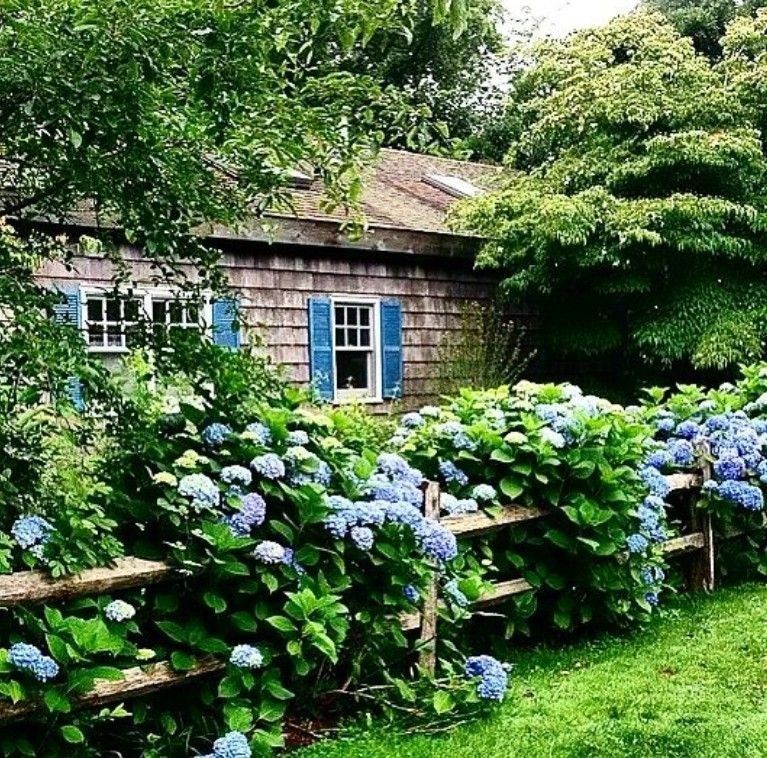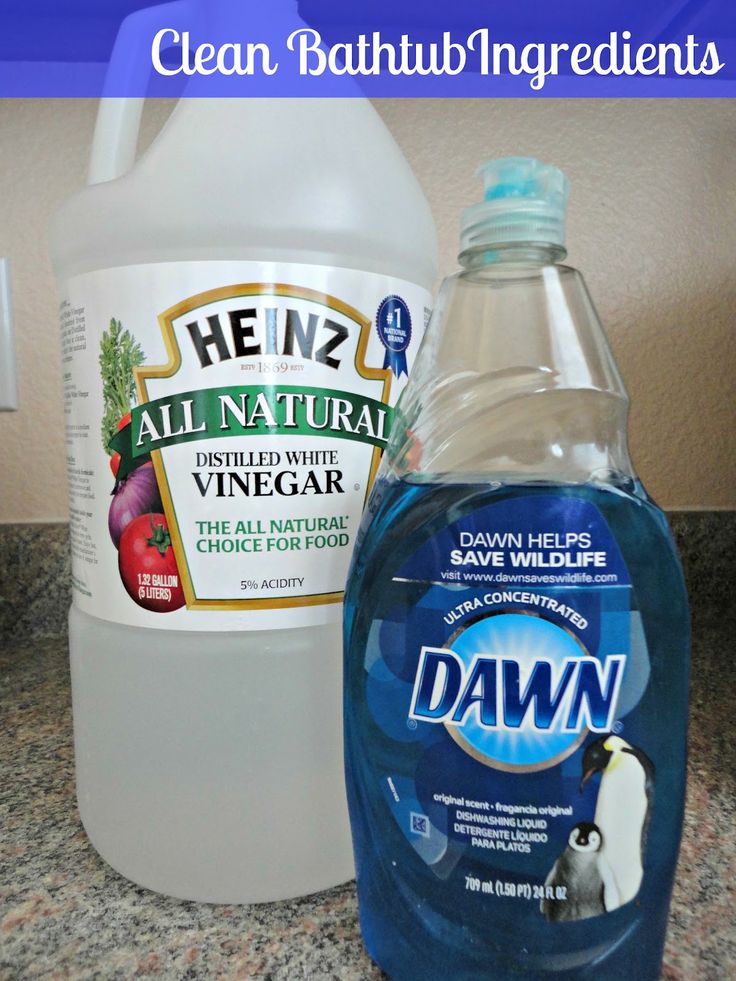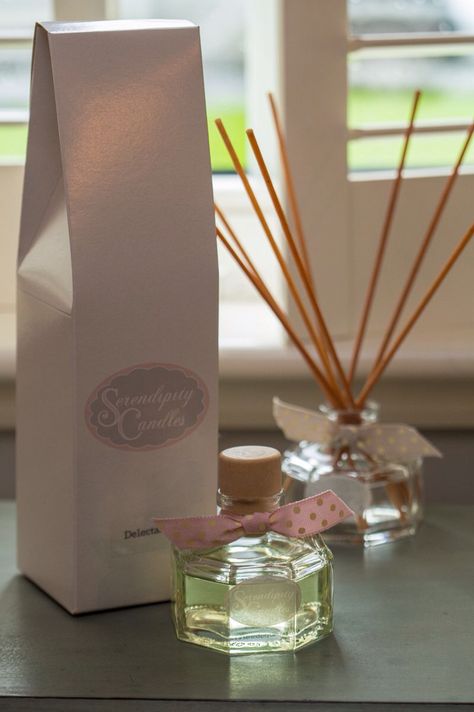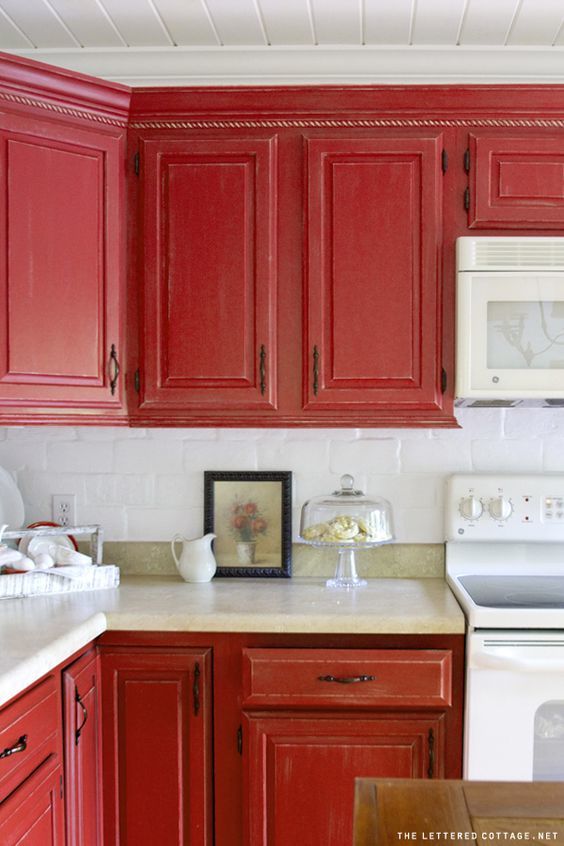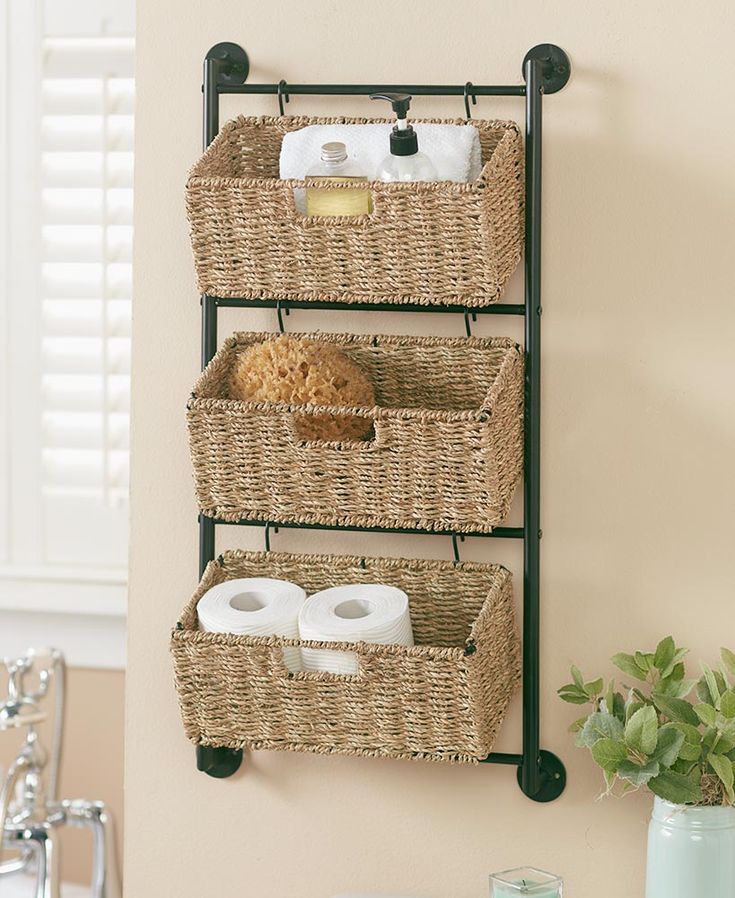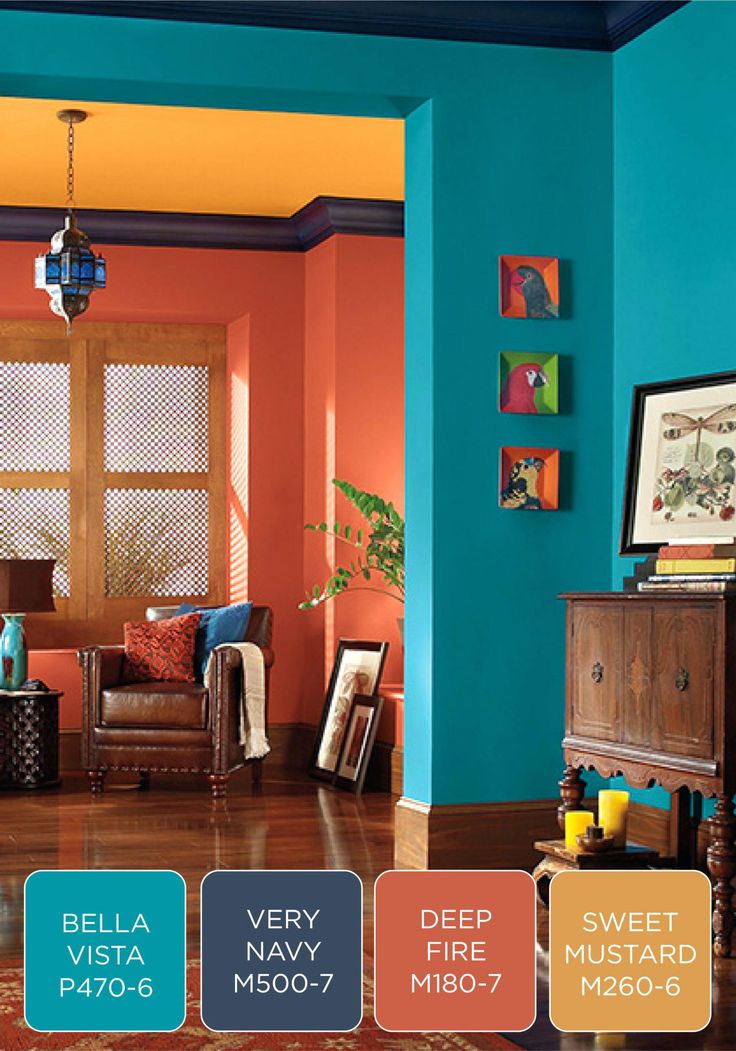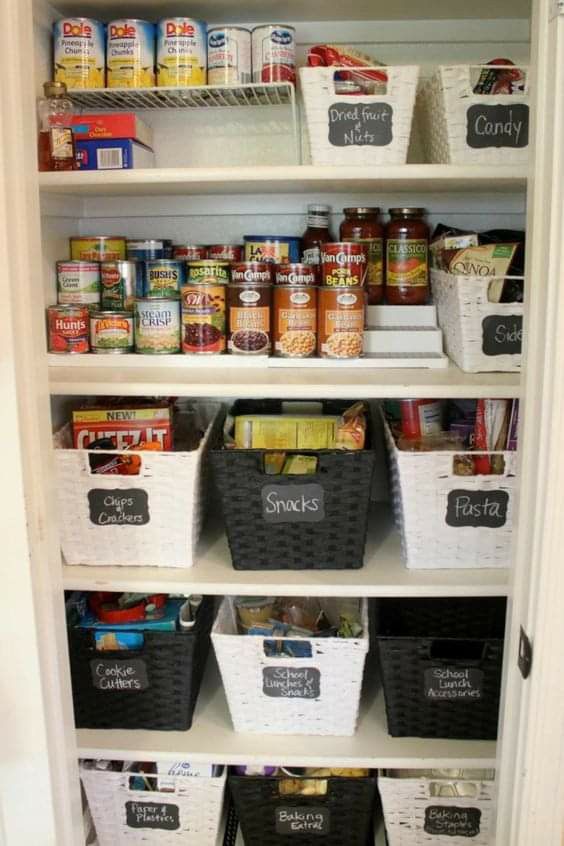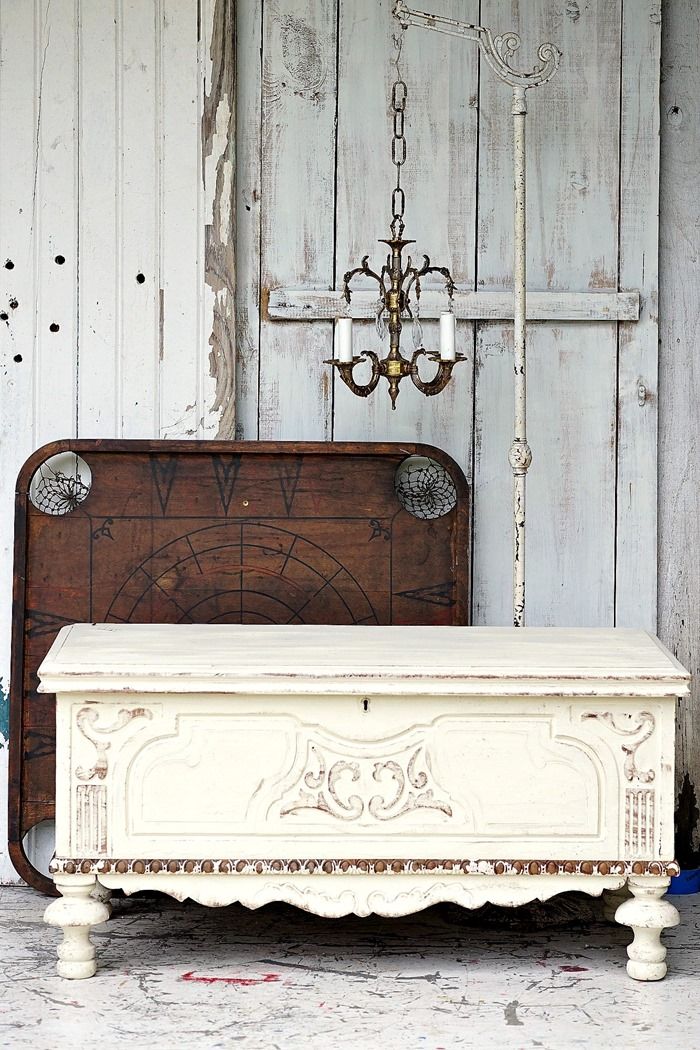Cottage garden border
How to plant a cottage garden border
(Image credit: Design Libby Russel. Photo Evan Nemeth)
Cottage garden borders are easy to grow, beautiful to look at, useful and often edible – so it's no wonder that they're a popular look. Garden designer Tracy Foster MSGD claims that ‘the resulting symphony of shape, texture, color and scent can bring bucolic charm to any plot, even one in the heart of a city.’
We agree – so read on to find out how to go about creating your perfect cottage garden border, no matter where you are or what size your space is. Our experts have covered plant choices, material considerations as well as other additions to achieve this coveted look.
See: Cottage garden ideas – pretty ways to embrace rustic style outdoors
Choose authentic Victorian plants
(Image credit: Design Ana Mari Bull. Photo: Jim Donahue)
For a truly authentic cottage garden border, there will be a variety of different shapes and forms. Landscape and garden designer Ana Mari Bull MSGD recommends using the past as a guide.
‘Where possible look at modern cultivar equivalents of the plants that would have grown in a Victorian cottage garden,’ she says. ‘Roses are the obvious choice but they must be scented.’
Tracy Foster adds height with hollyhocks, foxgloves and delphiniums. For other flower shapes, try the flat panicles of achillea, ball-shaped inflorescences of globe thistle or cheerful daisy flowers of leucanthemum or rudbeckia.
Ana says, 'The Victorians were also very fond of pelargoniums and would keep pots of brightly coloured flowers as well as those with scented leaves. Probably not to modern tastes, but they were also very fond of the brightly flowered begonias.'
Plant at the correct times of the year
(Image credit: Fi Boyle Garden Design)
Garden landscape designer Fi Boyle MSGD explains that there are two key times of year to plant. The first is the early autumn when the soil is still warm and not waterlogged.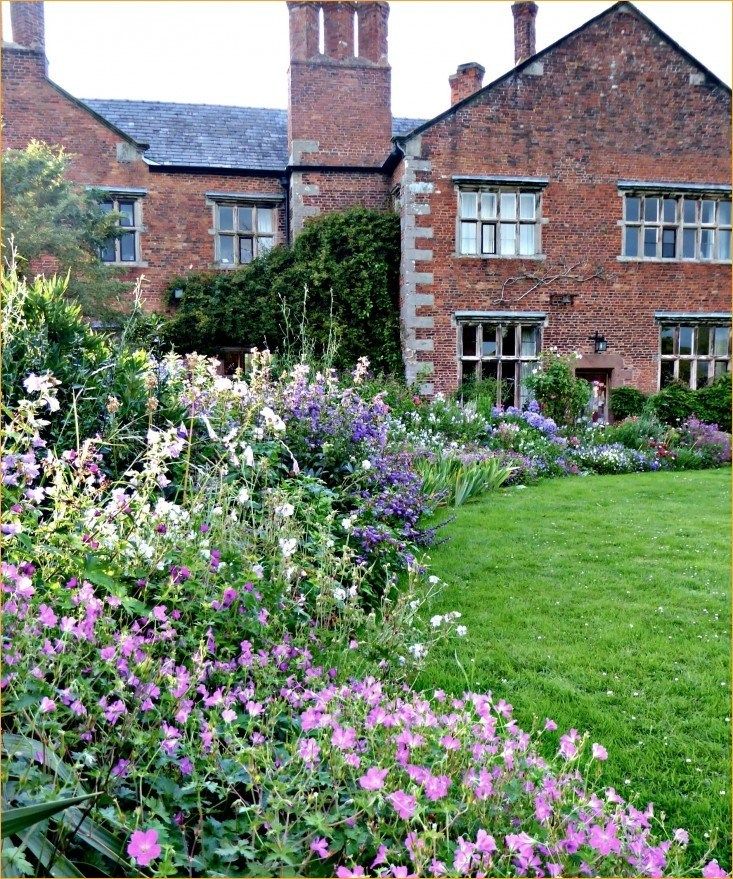 For Fi, the advantage of planting in the autumn is that the plants settle into warm earth and start to establish their roots before the winter months. This means that when spring comes they are ready to get going.
For Fi, the advantage of planting in the autumn is that the plants settle into warm earth and start to establish their roots before the winter months. This means that when spring comes they are ready to get going.
However, if you have missed the autumn window, you can also plant in spring. Bear in mind that you may need to keep a bit more of an eye on your plants at this time of year as in recent years we have had some very dry springs.
Think: right plant, right place
(Image credit: Rosemary Coldstream Garden Design)
‘Always think right plant, right place,’ says garden designer Rosemary Coldstream . Your plants have the best start possible when in their ideal soil and sun conditions, so bear this in mind when selecting plants.
From there, Rosemary recommends deadheading regularly to prolong flowering. If your border is either heavy or very dry, mulch it with a good quality compost. When perennials get too big, lift and divide them to grow your plant collection and prevent overcrowding.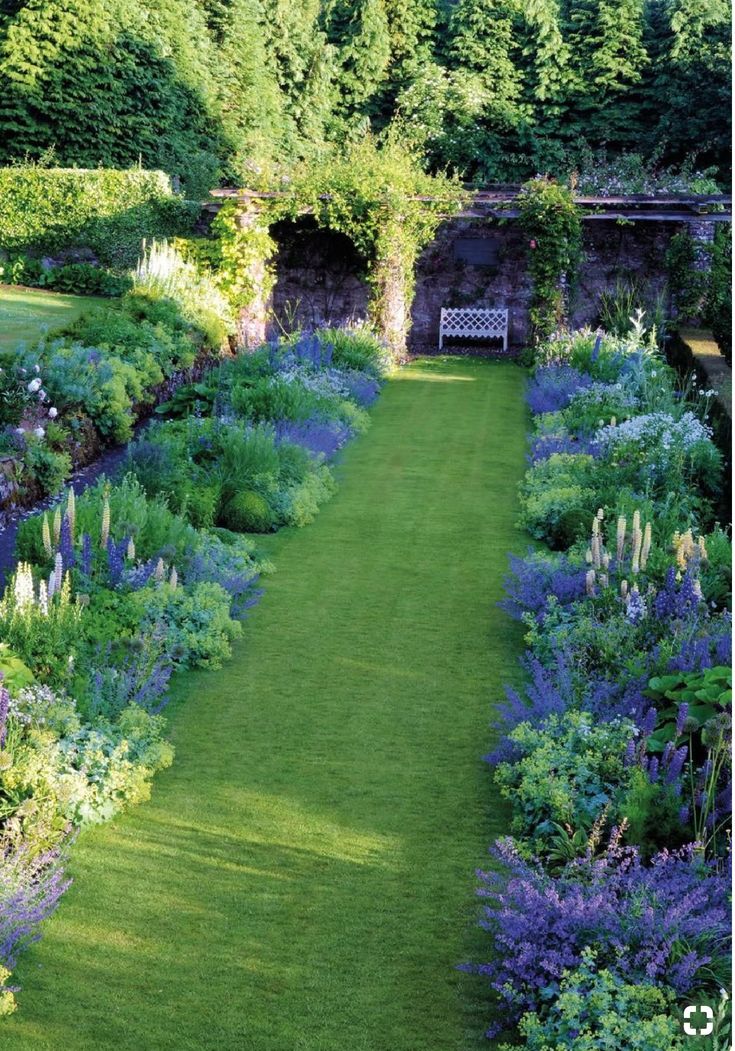
Plan your border for the size of your space
(Image credit: Design by Ana Marie Bull photo by Jim Donahue)
Ana Mari Bull told us, 'Cottage style planting can be achieved in both a small and large garden, though personally I think it works best on a smaller scale as it is visually a very "busy" garden, so if I were planning a cottage garden on a larger plot, I would be looking to break up the space by introducing structural elements or creating a garden within a garden or a outdoor room. I would divide a border by either introducing a hedge or a structure on which to attach climbers to create a visual barrier.'
See: Cottage patio ideas – create a pretty spot for relaxing and entertaining
Prepare the soil for optimum growth
(Image credit: Tracy Foster Garden Design)
Garden designer Tracy Foster suggests 'preparing the bed well before planting is a key to success.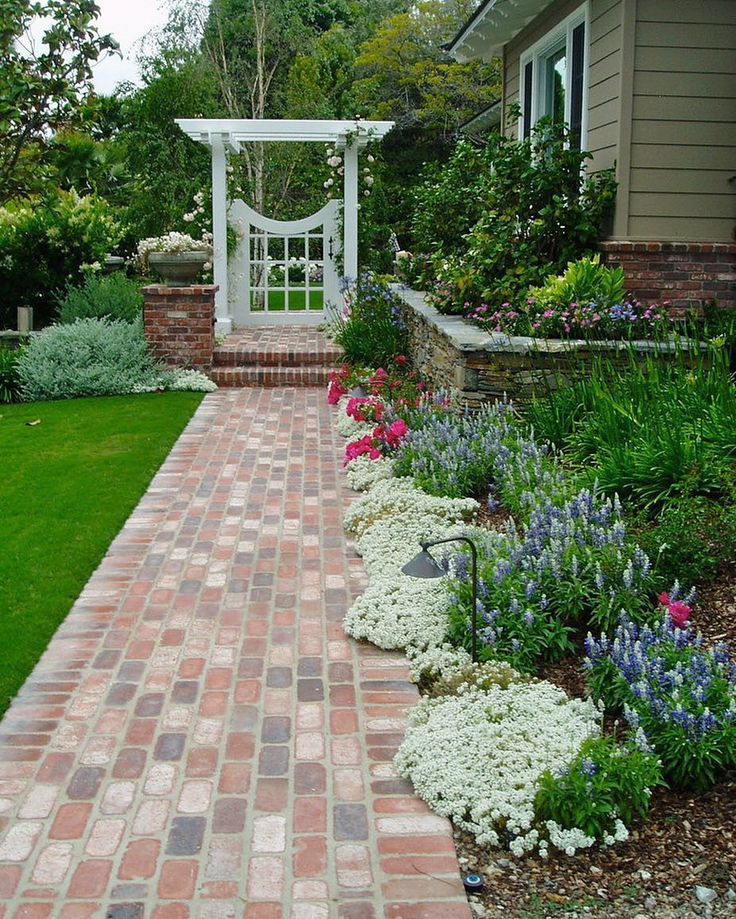 I recommend that you remove everything you can, weeds and plants alike and dig the border over adding in well composted organic matter as you go. You can then replant the things you would like to keep once the preparation is done.
I recommend that you remove everything you can, weeds and plants alike and dig the border over adding in well composted organic matter as you go. You can then replant the things you would like to keep once the preparation is done.
'Once stocked with closely packed plants, the lack of bare soil will help to keep weeds at bay, but you may need to thin out overgrown clumps from time to time and remove any self sown seedlings that pop up in places where they aren’t wanted.'
Choose plants for height
(Image credit: Design Libby Russel. Photos Eva Nemeth)
Libby Russel of Mazzullo + Russell Landscape Design has brought a quintessentially English look to this Somerset space with grand borders packed with herbaceous plants.
Ana Mari Bull shares her plant choices which will give you those tall spires depicted in so many of the romantic, Victorian painting of cottage gardens.
'X Alcalthaea suffrutescens 'Parkfrieden’ and X Alcalthaea suffrutescens 'Parkallee' are a hollyhock and mallow cross which have better rust resistance than the traditional hollyhocks, they also flower for longer periods.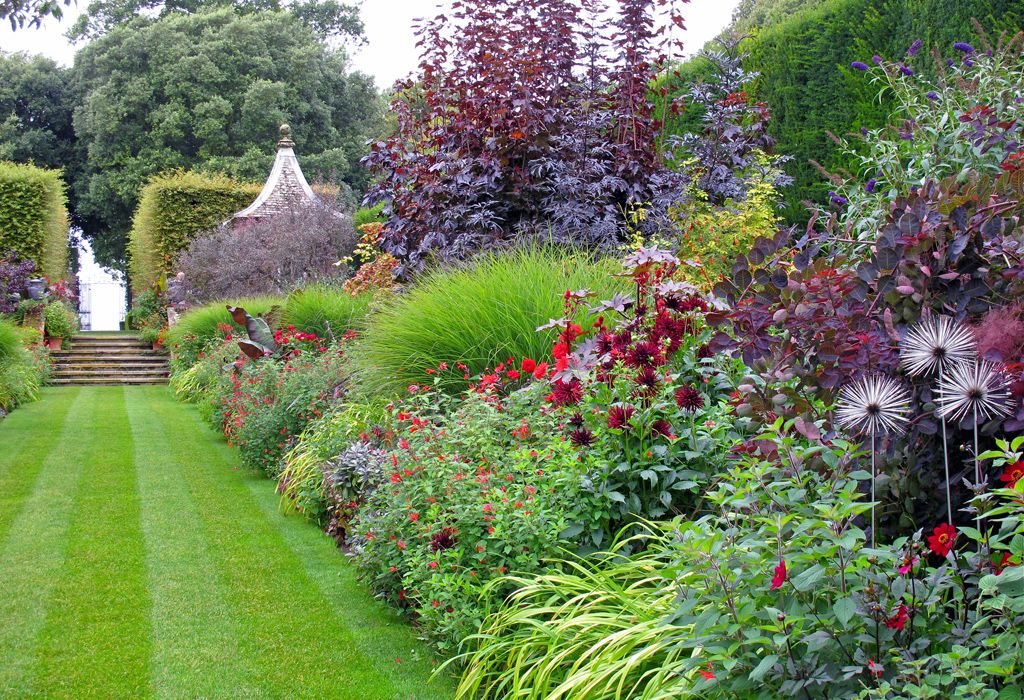 '
'
For delphiniums she suggests 'delphinium Blue Lace, which gives a great show of color and if you cut the flower stalks down after the flowers have gone over, you may get another flush. The white delphinium Galahad can be treated in the same way and adds a lovely glow to the night garden. If you haven’t got the space for delphiniums, then the more diminutive annual larkspur or consolida will give you a colorful, summer long display.'
(Image credit: Tracy Foster Garden Design)
For Tracy Foster, cottage garden borders suits an informal garden layout. 'Examples that spring to mind are brick edges to simple gravel paths, crazy paving with self seeded herbs and flowers growing in the cracks, herringbone brick paths, and simple stepping stones running through the planting.
See: Cottage decorating ideas – charming ways to get a characterful look
'The look also lends itself well to narrow paths and flowing curves which is great if you would like a change from the prevailing hard lines of recent design trends, and anything that looks hand crafted or home made will fit in well especially if it is made of local material in a regional style.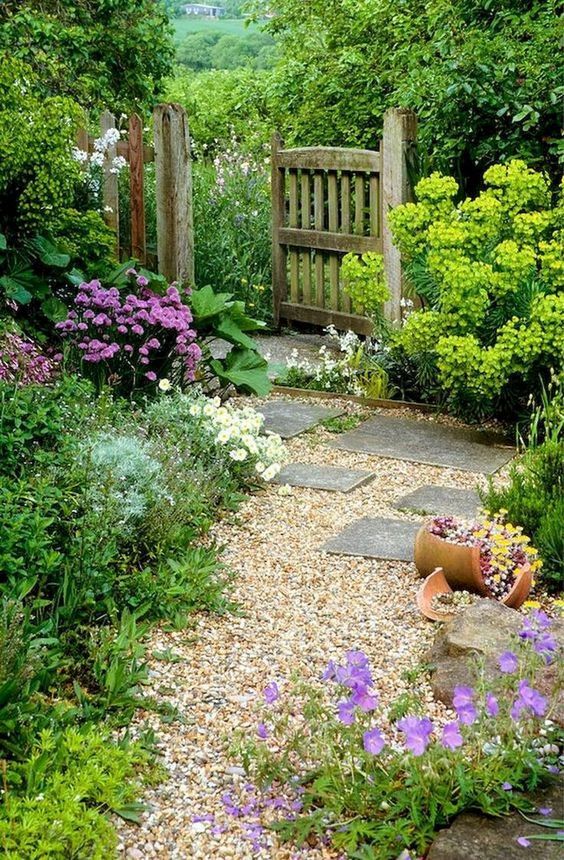 Woven willow obelisks, cleft chestnut fencing, woven willow or hazel hurdles and dry stone or mellow brick walls are suitable choices.'
Woven willow obelisks, cleft chestnut fencing, woven willow or hazel hurdles and dry stone or mellow brick walls are suitable choices.'
Teresa was part of a team that launched Easy Gardens magazine two years ago and edited it for some time. Teresa has been a Gardens Editor at Homes & Gardens, Country Homes & Interiors and Living Etc magazine since 2020 and has developed close working relationships with some of the top garden designers such as Charlotte Rowe, Butter Wakefield, and has been exposed to an array of rich garden content and expertise.
Five Plant Cottage Garden Planting Plan
Cottage garden planting schemes combine a jumble of plants, informally planted with a mixture of different colours and forms. They tend to be better for pollinators than more modern planting schemes, as they feature single, open flowers. Many cottage garden planting schemes are designed for medium to large gardens, but these five plants are perfect for a smaller scheme, such as a border just 1.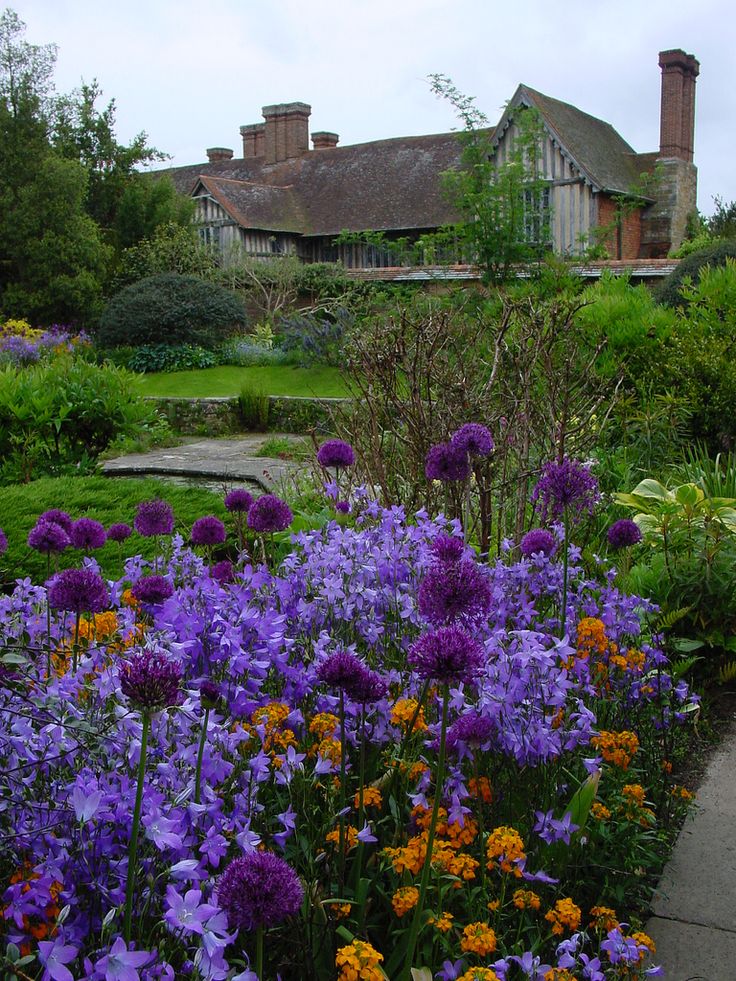 8m x 1.8m (6ft x 6ft).
8m x 1.8m (6ft x 6ft).
For most of these plants, plant in blocks of three for maximum impact and ease of maintenance. Geraniums, however, should be planted singly to drift through the border as ground cover, linking other plants in the display. This small cottage garden display will peak in midsummer, but will look good from early to late in the season. Why not add spring and summer bulbs for extra interest? Extend the season for as long as possible with anything from snowdrops to gladioli.
More cottage garden content:
- 12 plants for a cottage garden
- Plants for late summer colour
- 10 bulbs for spring cut flowers
Get your cottage garden off to a fine start, with these beautiful plants.
Campanula lactiflora 'Loddon Anna'
Campanula lactiflora
Ideal for planting in the middle or back of the border, this clump-forming perennial is a classic cottage garden plant. It bears masses of soft lilac-pink bells from July to September on long, upright, strong stems, creating a soft, billowing effect.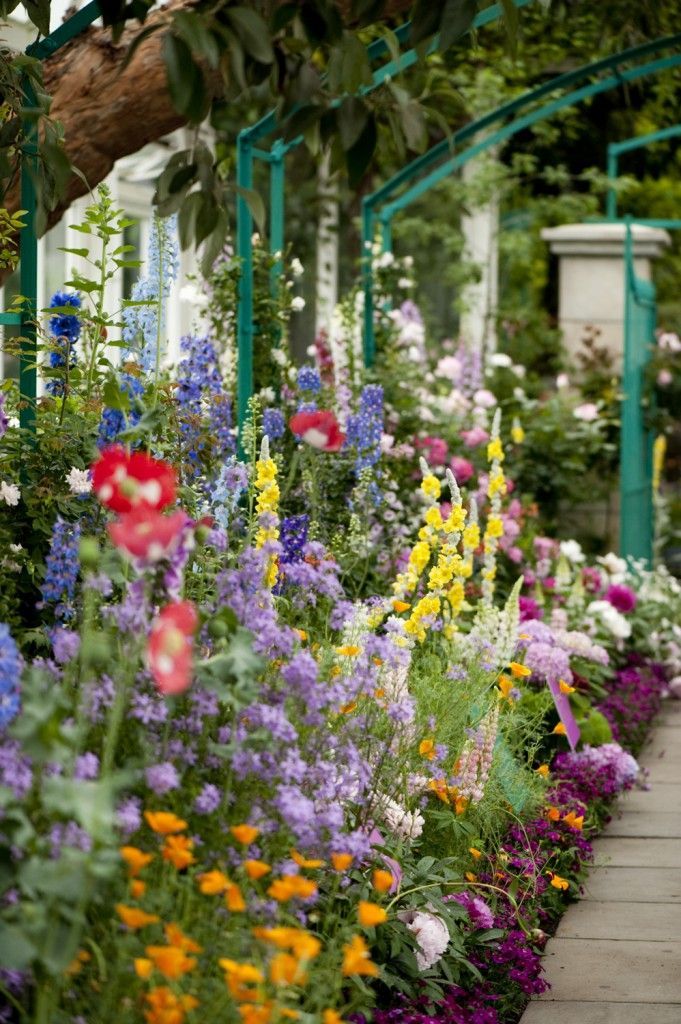 It's best grown through a support to stop it flopping when wet. Campanula lactiflora 'Loddon Anna' associates well with a huge range of other plants.
It's best grown through a support to stop it flopping when wet. Campanula lactiflora 'Loddon Anna' associates well with a huge range of other plants.
Height x spread: 1.5m x 60cm.
Echinacea purpurea
Echinacea 'Leuchtstern'
Pink daisy-shaped flowers appear from June to September. In autumn, the seedheads attract plenty of birds, too. While often seen as a prairie plant, Echinacea purpurea works just as well in a cottage garden scheme, with its strong stems and height fitting in nicely towards the back of a border. The flower shapes will contrast nicely with the others.
H x S: 1.5m x 40cm.
Erysimum 'Bowles's Mauve'
Erysimum 'Bowles's Mauve'
Erysimum 'Bowles's Mauve' starts flowering early in the year and keeps going right through the summer months, with minimal attention. It's often seen flowering in March and is still going strong in late September.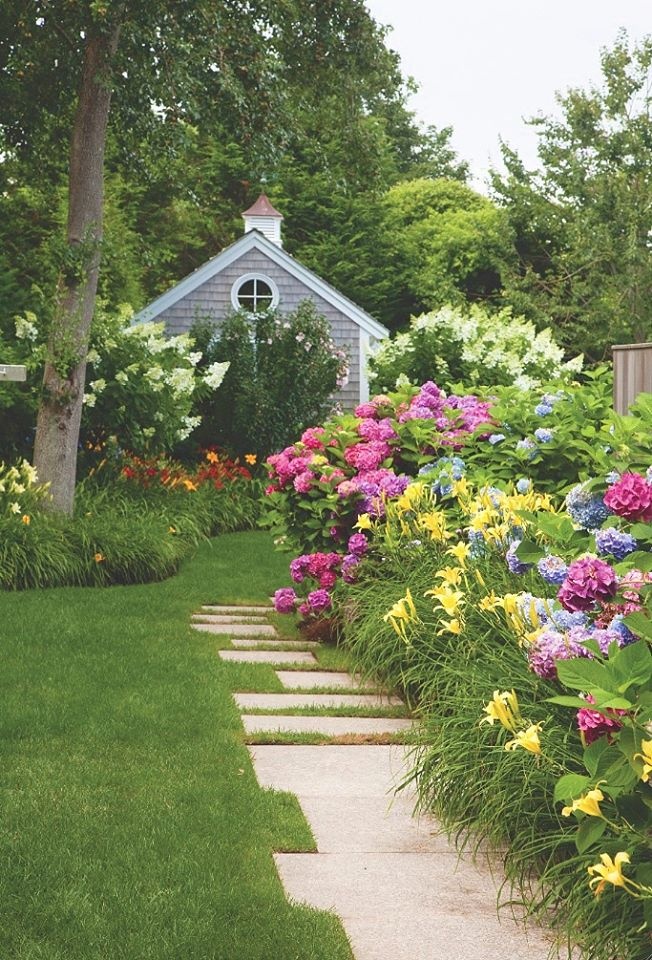 In southern regions, it can flower all year round.
In southern regions, it can flower all year round.
H x S: 75cm x 60cm.
Geranium macrorrhizum 'White-Ness'
Geranium macrorrhizum
Hardy geraniums make excellent ground cover and filler plants for areas of bare earth, and most flower for long periods. 'White-Ness' works well as it stays compact and carries pure-white flowers over apple-green leaves to form a light, frothy carpet beneath and around the other plants.
H x S: 30cm x 50cm.
Lavandula angustifolia 'Hidcote'
Lavender 'Hidcote'
Being a neat evergreen shrub, lavender 'Hidcote' is a year-round structural plant. Its flower spikes are a deep violet blue, which appear in early July and fade by late August, and carry the unmistakeable scent of summer. Most lavenders look great planted informally in borders, grown as hedges or used as a less formal punctuation throughout a scheme.
H x S: 60cm x 75cm.
Spring
Tipping a barrowload of compost onto soil
- These perennials are all fast-growing, so don't bother buying large plants; instead, consider purchasing several 9cm pots in spring, which will work out cheaper
- Dig over the whole area, weed well and incorporate plenty of organic matter before planting
- If your friends have any plants on the list, or something similar or complementary, then ask if you can lift and divide some to take for free
Summer
Lavender cuttings
- Regularly deadhead the erysimum and it'll keep flowering all summer
- Clip lavender in late August every year to form a neat dome (take cuttings at the same time).
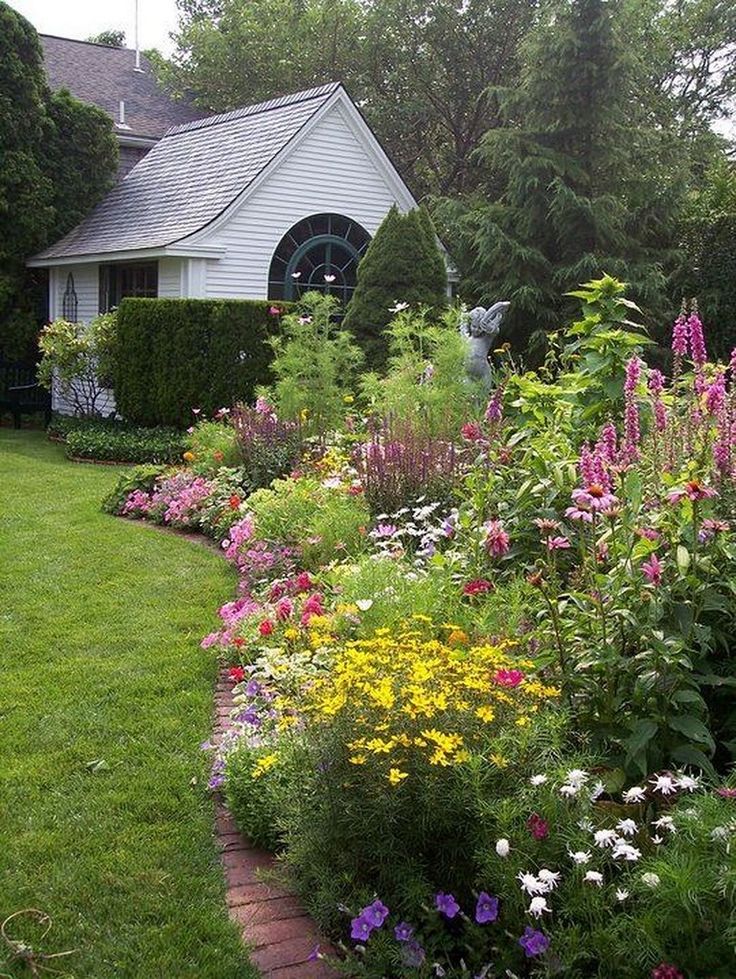 Cut back the geranium and feed in summer before going on holiday, and it should produce a second flush of flowers and foliage for your return
Cut back the geranium and feed in summer before going on holiday, and it should produce a second flush of flowers and foliage for your return - The lavender is easy to propagate by taking cuttings in summer and you can simply increase your stock of other perennials by dividing in autumn or spring once established. You can then go on to use any plants you've propagated to extend the theme and fill any gaps elsewhere in the garden
- The campanula, echinacea and geranium will freely self-seed if you let them or you can easily collect and sow seed when ripe
Winter
Staking perennials
- From January onwards, cut back any growth left on the perennials. The echinacea should hold its form longer (leave as late as possible to add winter interest)
- Tidy up, mulch and feed in spring
- Stake the campanula early so it can grow through any support
Garden borders | Materials and technologies
There are a great many ways to delimit landscape zones.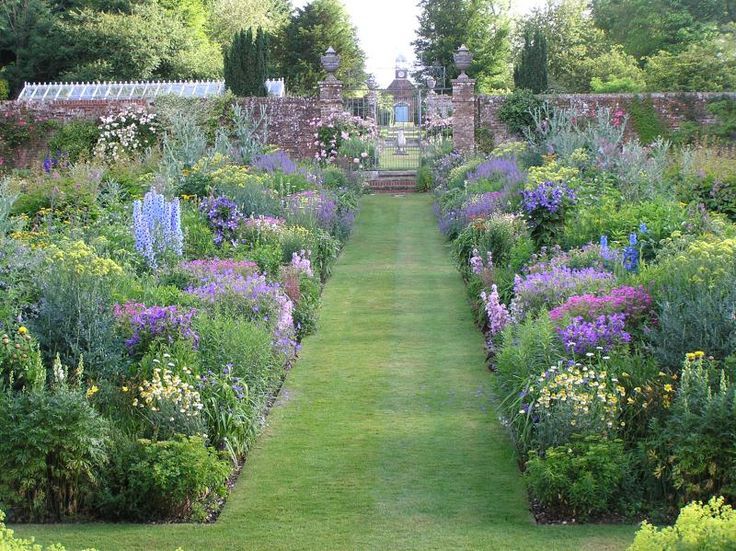 One of the most common is traditional retaining walls. But there are other, more modern solutions - graceful, elegant and at the same time technically flawless.
One of the most common is traditional retaining walls. But there are other, more modern solutions - graceful, elegant and at the same time technically flawless.
An artificial border will not only make gardening easier, but will also greatly decorate the landscape, especially if equipped with built-in decorative lighting. Such a border can be made from a variety of materials - both natural and artificial. The advantage of traditional materials such as natural stone, red brick or wooden blocks is in the natural beauty and organic connection with the landscape. However, such materials do not allow embedding lighting, which significantly impoverishes the perception of the garden in the dark.
More sophisticated curbs made of artificial stone, cast concrete and colored plastic with built-in channels for laying electrical cables and plumbing systems can also serve as drains. As you know, ordinary fences retain rainwater in the garden for a long time, preventing its natural drainage, while modern curb systems immediately remove moisture from the site through channels laid inside hollow blocks.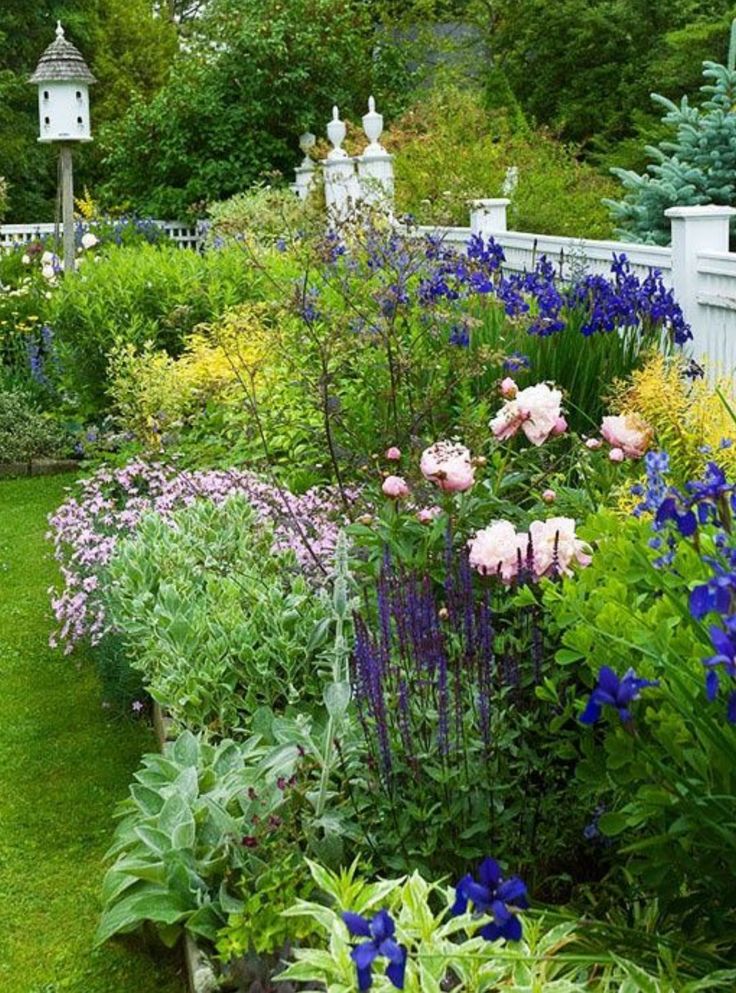
Beautiful and safe
Very interesting in this sense is the Erde Mate curb system, made of hollow plastic modules, suitable both for organizing a drain, and laying an electric cable and placing lamps. In this case, both conventional halogen lamps and LEDs are used as light sources. Each unit is equipped with a hinged plastic cover designed in natural tones imitating natural stone and providing easy access to cables.
The system is mounted quite simply. At the site of laying the curb along the intended trajectory, the top layer of soil is removed. Hollow modules are laid in a mini-trench and connected to each other. Then they lay all the necessary engineering communications - an electric cable with a lighting system, a water hose, etc. The kit also includes a cable extension and electrical outlets, which is very convenient for connecting an electric grill, lawn mower and other garden electrical appliances.
-
Picture 1
-
Photo 2
-
Photo 3
-
Picture 4
-
Picture 5
-
Picture 6
Photo 1.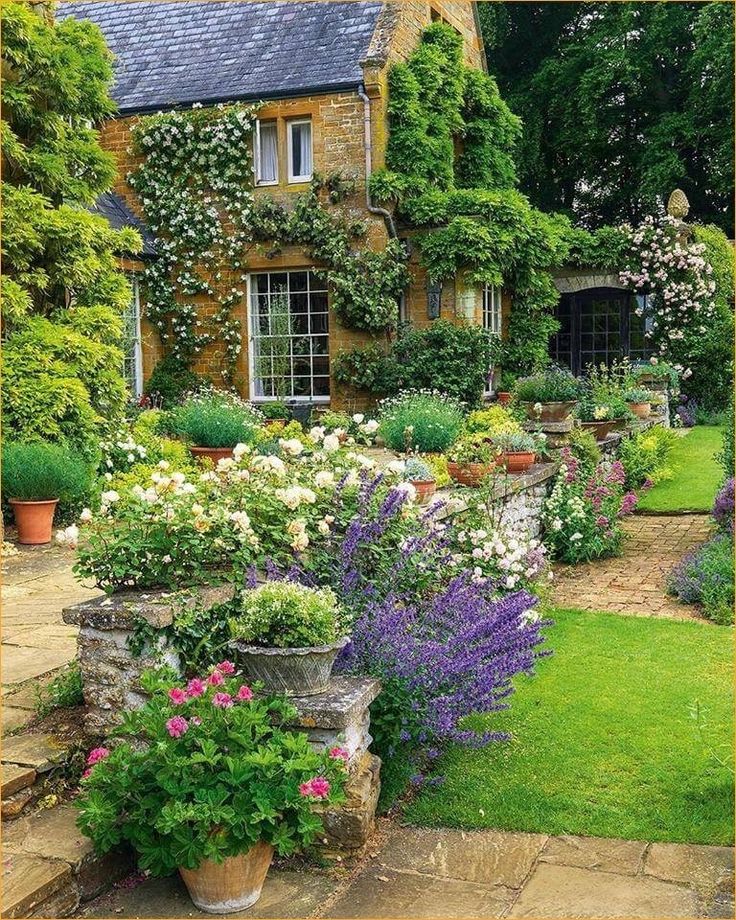 A border with built-in lighting was chosen to frame the flower bed. Hollow plastic modules are immersed in the ground and connected in a locking manner.
A border with built-in lighting was chosen to frame the flower bed. Hollow plastic modules are immersed in the ground and connected in a locking manner.
Photo 2. Universal modules are suitable for electrical wiring with lighting, as well as for plumbing, the connection of which is shown in the photo.
Photo 3. Communications pass through rounded modules, the shape of which allows them to be laid out not only in a straight line, but also in a curved path.
Photo 4. The electrical wiring uses a plastic sheathed cable designed for outdoor use and conforming to the highest safety class.
Photo 5. After laying the cable, the modules are covered with plastic covers that provide easy access to the cable during repairs and scheduled revisions.
Photo 6. The border that separates the flower bed from the lawn looks very elegant. Built-in halogen lights create a romantic atmosphere in the evening garden.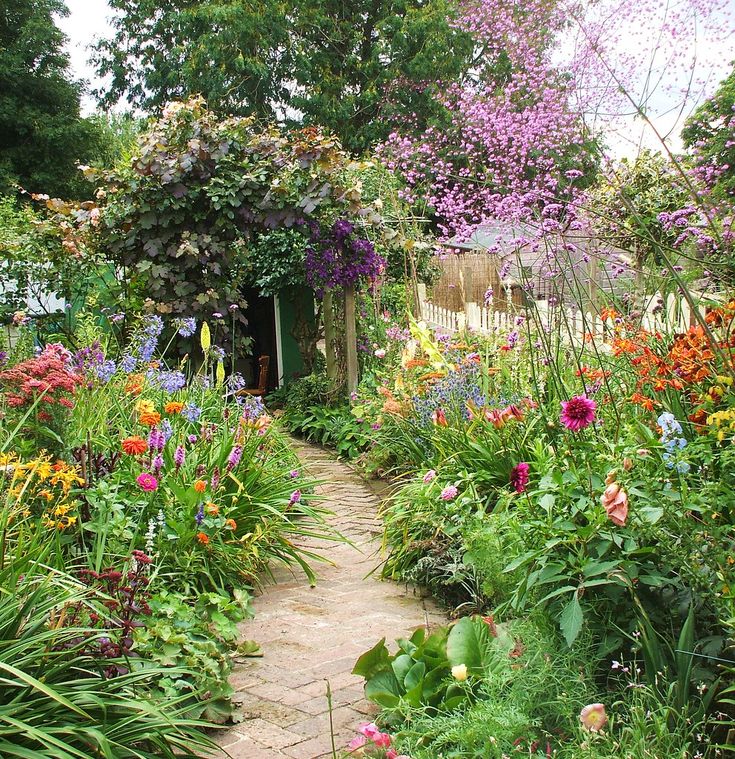
See also
- Materials and technologies | Editorial Arrangement of the basement
To turn the basement into a dry, bright, ventilated and warm room, it is necessary to carry out a certain set of works: equip waterproofing, install ventilation, heating and lighting systems. For those who want to refurbish the basement space of an already completed building, there are solutions...
- Materials and technologies | Editorial DIY bathing pond
During the construction of the house, it became clear to the owners that they needed their own swimming pond. It was necessary to find a place for it on a compact plot of land and build it yourself ...
- Materials and technologies | Editorial Greenhouses at their summer cottage
In the harsh Russian climate with cold winters, gardening is enjoyed during the few warm months.
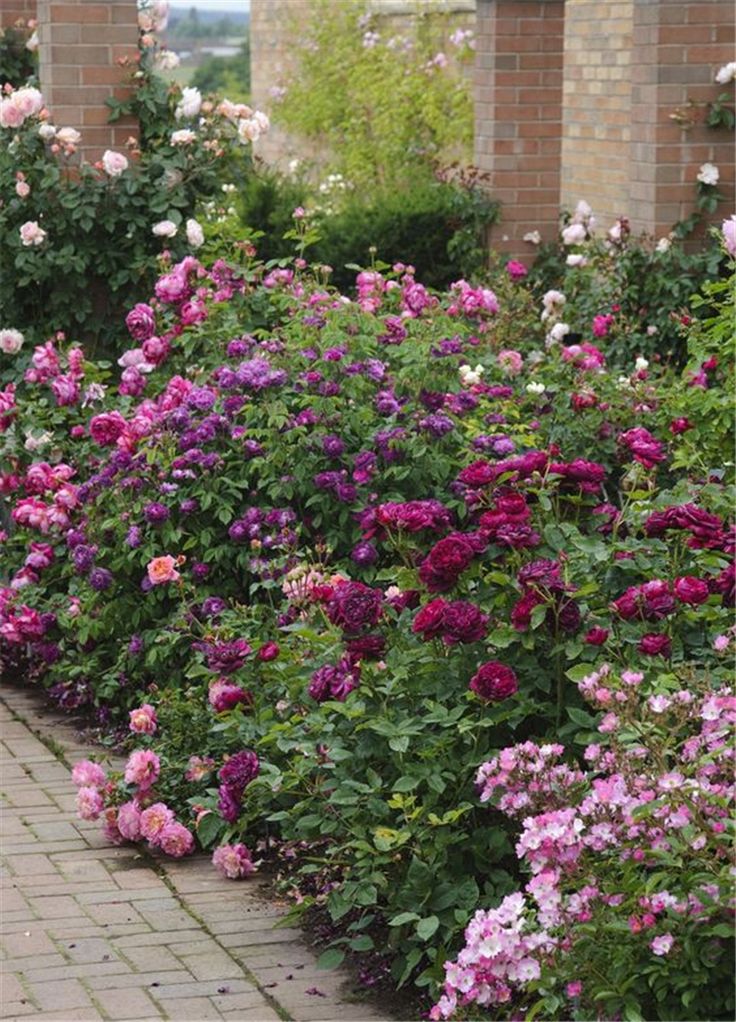 But this period is extended by the greenhouses of the British company...
But this period is extended by the greenhouses of the British company...
Border for flower beds - 55 photo ideas how to arrange a decorative fence for flowers
Published:
With the arrival of the long-awaited spring, a large number of people begin to clean up their summer cottages, try to ennoble their territory and plant flowers, make beautiful bushes.
For many people, the question often arises, how best to make a border for flower beds and flower beds? It is best to deal with this issue in advance in order to have time to plant the necessary flowers.
When choosing a garden border for flower beds, you must clearly define the functions that will be assigned to it.
This determines the fencing that will be used and the choice of many other elements of the design of the site, as well as the budget.

A wide variety of decorative borders for flowerbeds are now available in hardware stores. These design elements may differ in price and materials used in the manufacture.
When choosing these elements, you need to pay attention to the size of the borders for flower beds, so that later you do not have to spend your time correcting this defect.
Selection of borders for flower beds
When you have enough money, then you can buy a completely finished fence. In addition, if you want to add sophistication and originality to your site, you can make these garden design elements with your own hands from any materials that you have.
Now, borders for flower beds are very popular and in demand among a significant number of gardeners, because they have a lot of advantages. The main advantages of using borders for flower beds:
- Perfectly emphasize harmony and individuality.
- Shows a great combination of style on the site.
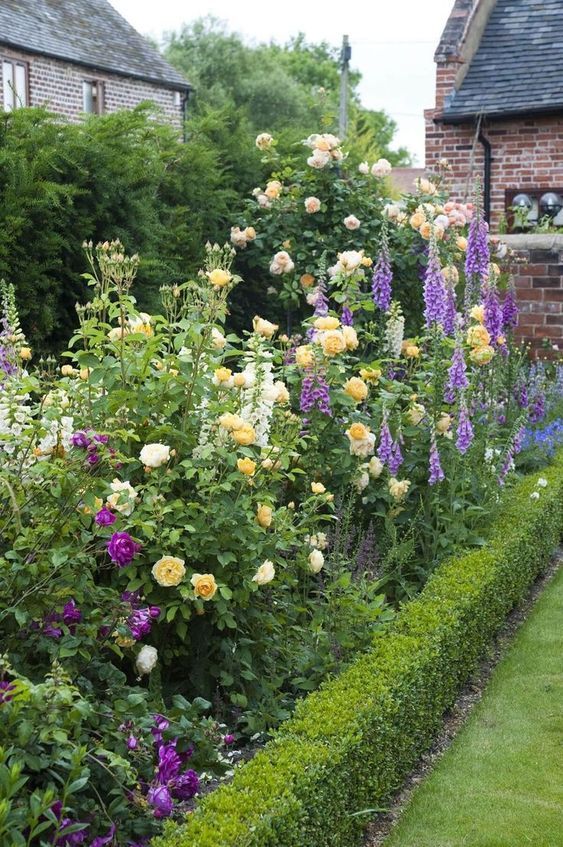
- Prevent root growth.
- With the help of such elements, there is a great opportunity to divide the site into zones.
Peculiarities of flowerbed borders
In order to prevent the various plants planted on your site from overgrowing, the border must be properly deepened to the most optimal distance for this. For this, it is possible to use brick or stone, installed on a special cushion, which is made of high-quality concrete.
It is recommended to install it into the ground at a depth that is recommended and available in the instructions. Garden borders that you can use on your site can be of different heights, here a lot depends on the moment you want to get the effect.
When decorative tasks are pursued, then a border made of plastic is perfect, which will have a relatively small height of 5-6 cm. Borders for country paths can be from 12 to 18 cm.
In order to reliably protect large enough plants on your site, a curb that will have a height of 0.